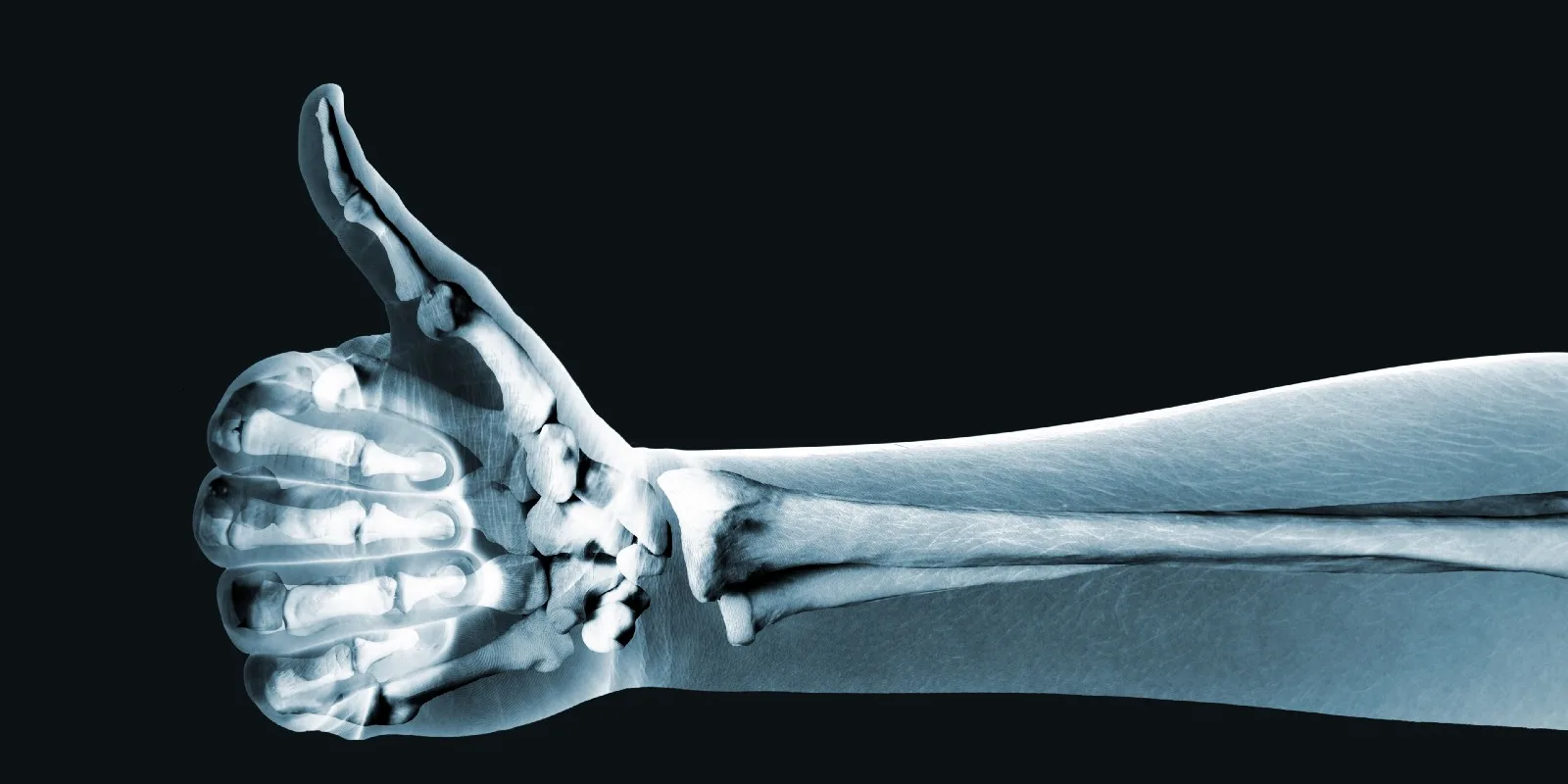
The enticing theme of the plenary session of the 2018 Society of Radiologists in Ultrasound Annual Meeting was “Don’t Miss This!” and truly, it was an outstanding series of lectures that no one who interprets diagnostic ultrasound would want to miss. Several lectures were particular standouts.
Dr. Mary Frates from the Brigham and Women’s Hospital of Harvard University discussed her experience imaging the post thyroidectomy neck. Though these patients represent a small percentage of all neck ultrasound studies, they are a technically challenging group. Without a thyroid gland for guidance, the anatomy becomes difficult and with high-frequency transducers, tiny bits of tissue are seen, measured and often reported without an interpretation or recommendation. In addition, the lymph nodes typically imaged near the thyroid gland have been removed and one must search for abnormal nodes much further from the thyroid bed than usually expected. Her take-home message was: (1) thyroid cancer recurrence is rare, (2) recurrence is most common within the first two years after surgery and (3) little “masses” less than a few millimeters are of little concern. Such a study may be reported out as “No worrisome findings.”
Dr. Paula Woodward from the University of Utah gave a truly outstanding lecture about ultrasound imaging of the placenta with a particular focus on what is now known as “Placenta Accreta Spectrum” or PAS. As far as I am concerned, any lecture that Paula Woodward gives is worth attending because of her clarity of focus, outstanding slides, and captivating lecture style. For her to tackle the extremely challenging diagnosis of an “invasive” placenta was truly a treat for the audience. Here is a summary of her key points: (1) The increasing incidence of PAS is directly related to the increasing rate of Caesarean sections and to the absolute number of C-sections a woman has. (2) The imaging diagnosis is difficult but best done with ultrasound. One should “walk the scar” using minimal pressure and with the highest frequency transducer that is reasonable, looking for “tornado” vessels and a focal “bulge” of the placenta into the scar. Then use a transvaginal probe with a small amount of urine in the bladder to evaluate the bladder wall for any invasion and look for placenta previa and a velamentous cord insertion at the same time. Paula advises sending difficult cases to a center with greater experience.
The keynote address was given by Dr. William Middleton from the Mallinckrodt Institute of Radiology at Washington University School of Medicine, a renowned radiologist and the vice president of the Society of Radiologists in Ultrasound. Bill is also one of the most polished speakers I know with a reputation for clinically relevant research that addresses issues of importance and interest to the entire radiology community. Known in St. Louis as “Dr. Scrotum” it was not surprising that his topic was scrotal ultrasound. Even radiologists who think they know everything about scrotal ultrasound will pick up tips from him. I learned more about the blood supply to the testis during his 30-minute talk than I ever knew before and this knowledge will definitely help improve my interpretations of scrotal sonograms. For instance, did you realize that the testicular artery comes through the spermatic cord, courses around the testis and then enters the testis via the capsule leaving the mediastinum testis relatively avascular? Many patients have a trans-mediastinal vessel that runs obliquely through the testis with a parallel major vein. Since the vessels all run obliquely, if one does not image both testes in the same plane, the qualitative degree of flow can appear quite asymmetric. The comparison of color flow between testes is crucial when trying to diagnosis orchitis or partial torsion. Since the testes are frequently in non-parallel positions, trying to compare color flow in side by side images is not a good idea. It is better to obtain dual screen images of each testis individually and in the same orientation. Another great tip in cases of unilateral scrotal pain is that visualization of the twisted spermatic cord is better than color Doppler for the diagnosis of testicular torsion since sometimes the torsion is incomplete and some flow will persist. In addition, abnormal testicular echogenicity predicts non-viability of in testicular torsion regardless of the length of symptoms. The other two pieces of “Middleton advice” that I found useful were: (1) Non-palpable testicular masses are most likely small Leydig cell tumors and (2) Some extra testicular solid masses are malignant, especially when large and vascular.
Dr. Lori Strachowski from UCSF reminded everyone that the grayscale appearance of an ovary, its position and the visualization of a twisted fallopian tube and vessels are the most important features of ovarian torsion, not the absence of color and spectral Doppler. Dr. Jon Jacobson, a musculoskeletal radiologist at the University of Michigan, gave an elegant talk about the sonography of soft tissue masses. I thought his discussion of lipomas was quite applicable to my clinical practice. A lipoma should be oval, compressible, superficial and avascular, though the echogenicity can be variable as in subcutaneous fat. If something that looks like a fatty lesion is deep or has flow, one must consider the possibility of a liposarcoma and recommend an MR. Lastly, “yours truly” gave a talk on “don’t miss” ultrasound findings in the peri-operative period after solid organ transplantation. Immediately after surgery, the key sonographic issue in a renal transplant is the qualitative color flow. If the flow is significantly decreased, the differential diagnosis includes compartment syndrome causing a kink or compression of the renal artery, renal vein thrombosis or renal artery thrombosis. Immediate re-operation is the only way to potentially salvage the transplant.
If these topics sound interesting and you interpret ultrasound in your practice, join us next year in Denver, October 3–6 2019 for the SRU annual meeting.
Mindy M. Horrow MD is the treasurer of the Society of Radiologists in Ultrasound. She is the vice chairman of radiology at the Einstein Medical Center and Professor of Radiology in the Sidney Kimmel Medical School of Thomas Jefferson University in Philadelphia.






